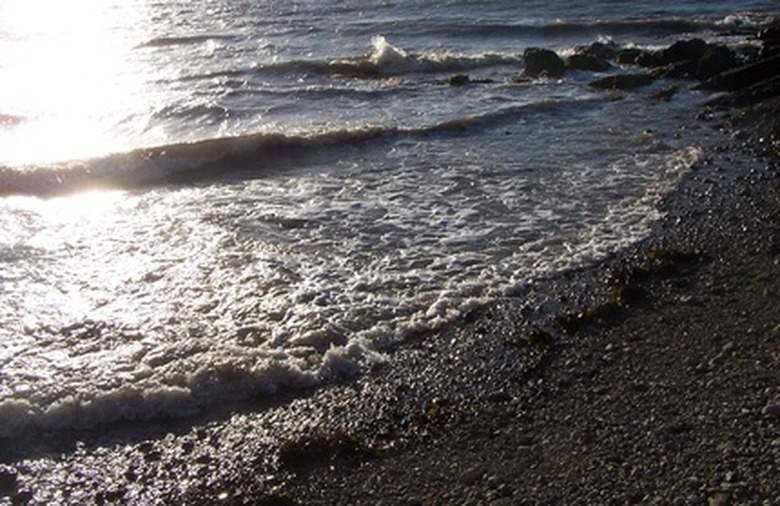Homemade Desalination
Desalination is the removal of salt and other minerals from water to produce potable water for human consumption and irrigation. In recent years the search for additional sources of fresh water has led to an increase in desalination plants. The most common use for a desalination unit at home are for people located in remote areas or Third World countries that lack ample fresh water sources, or for educational experiments. With a desalination unit, fresh water can be created on a daily basis from an unusable water source such as the ocean or rainwater.
Methods of Desalination
Methods of Desalination
There are several methods of desalination, but most of these methods fall into one of two broad categories. Thermal desalination incorporates the use of a heat source to boil water the base water,. As the water evaporates salt and minerals are left in the base water while pure water becomes steam. As the evaporated water molecules cool, they form condensed purified water.
The second category is membrane desalination. This process is often referred to as reverse osmosis, and incorporates two different approaches. One is through pressure, where water is physically forced through a membrane that filters out salt and minerals to result in purified water. The second is the addition of an electrical current into the water; the electricity attracts salt and other mineral molecules, separating them from the water. Both categories of desalination provide the same result: a fresh water source safe for human consumption.
Commercial Desalination
Commercial Desalination
Most commercial desalination plants employ membrane desalination, or reverse osmosis. These plants consist of a series of small pipes filled with membranes through which the water is pushed. There are four major steps in this desalination process: (1) pretreatment, (2) pressurization, (3) membrane separation and (4) post-treatment stabilization. These commercial plants are usually built near a local water source, such as the ocean, and are highly specialized. They also deal with dangerous chemicals during the pretreatment phase.
Desalination at Home
Desalination at Home
Building a desalination unit at home is a relatively simple task. The easiest unit to create at home is a thermal unit that utilizes solar energy. A thermal desalination unit can be constructed by building a tarp-lined pit that is exposed to the sun. Dig a pit and line it with black polythene plastic sheeting. Place a collection bucket in the center of the pit, and then fill the pit with unclean water. Make sure the water level is below the tip of the collection bucket; you want your bucket to catch any condensed water, rather than fill with the unclean base water. Cover the entire pit with a clear sheet of polythene plastic, and place a small rock on top of the plastic, over the collection bucket's location. This rock will act as a focus point for the condensed water; when water evaporates from the sun's heat, it will condense on the upper layer of plastic, run toward the rock and drip into the bucket. You have successfully built a thermal desalination unit. Refill the system with unclean water and repeat daily for an unending fresh water source. This is the most cost effective method of home desalination.
Should you not wish to have a large gaping pit in your yard, you have the option of leasing or purchasing a mobile desalination unit. These units typically employ membrane desalination and are reverse osmosis machines. Unlike thermal units, these portable units operate on electricity and will require either a diesel generator or active electrical outlet to work. These units are delivered fully assembled and ready to operate, and you can get trained to operate these units in a short period of time. Many units have automated features which allow operation and control to be remotely monitored. Remotely monitored units do not require a daily onsite person.
Both methods of desalination are relatively simple to use and result in a potable water source. Thermal desalination, while probably the most cost-efficient, will yield water over a longer length of time. While a mobile reverse osmosis unit is more time efficient, it incurs larger costs through its use of electricity to operate.
Cite This Article
MLA
Terry, Carrie. "Homemade Desalination" sciencing.com, https://www.sciencing.com/homemade-desalination-5992530/. 24 April 2017.
APA
Terry, Carrie. (2017, April 24). Homemade Desalination. sciencing.com. Retrieved from https://www.sciencing.com/homemade-desalination-5992530/
Chicago
Terry, Carrie. Homemade Desalination last modified March 24, 2022. https://www.sciencing.com/homemade-desalination-5992530/
